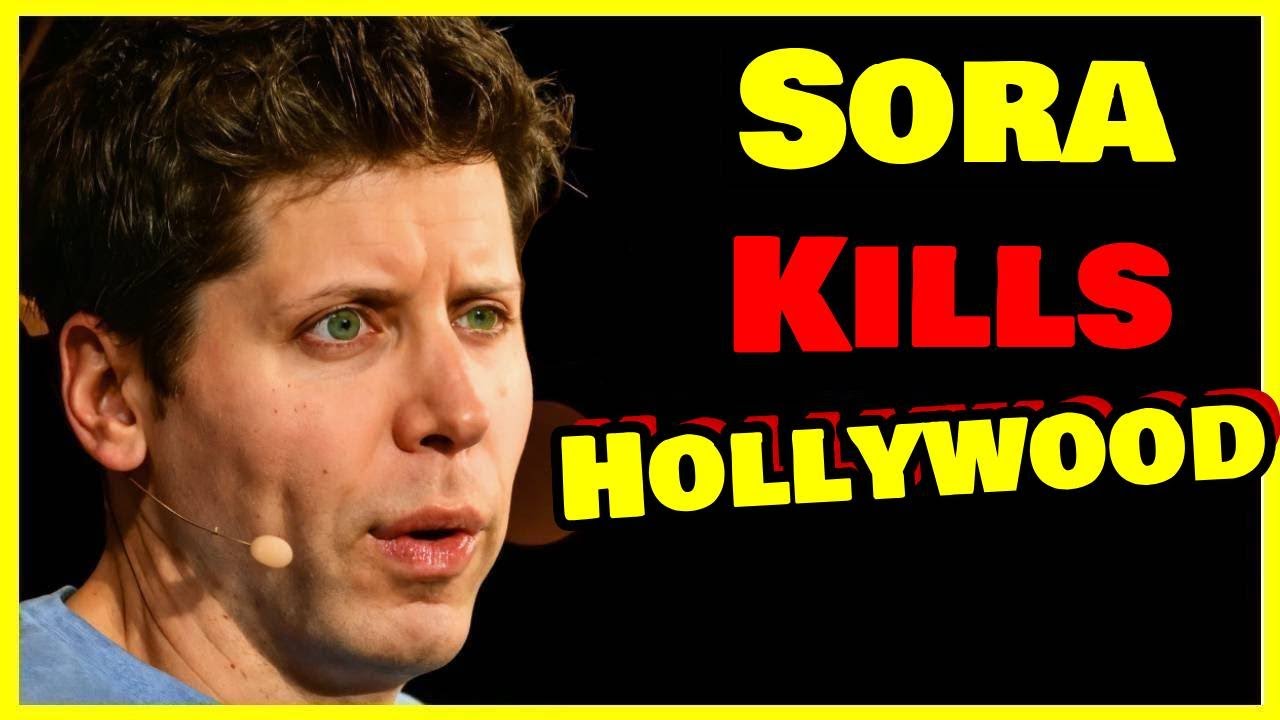OpenAI’s Sora AI software, known for its ability to generate innovative visual content based on text prompts, has garnered positive feedback from the creative community. While some artists are excited about the new creative possibilities offered by Sora, concerns exist regarding potential job displacement and the broader impact on the art industry and society.
OpenAI has developed a highly controversial AI software named Sora that excels in creating impressive video content based on text prompts. The platform has garnered positive feedback from the creative community and OpenAI has been collaborating with various artists and filmmakers to explore how Sora can enhance the creative process. While some artists are excited about the possibilities Sora offers, others are concerned about potential job loss and the impact on the art industry.
Sora’s ability to generate new and imaginative visuals, rather than replicating old ideas, has intrigued artists and filmmakers. The platform has showcased a variety of unique and surreal creations, including blending creatures like a fox-growl-cat and an octopus-whale. Artists are appreciating Sora’s power to bring impossible ideas to life and offer a new realm of creative possibilities, revolutionizing the storytelling process for filmmakers and artists.
Usage of Sora has enabled creators to transcend limitations and explore bold and innovative avenues in their work. Artists like Paul Trio and August Camp have expressed how Sora frees them from constraints like time, money, and external permissions, enabling them to ideate and experiment in exciting ways. The platform has been lauded as an unchaining force, empowering artists to bring their visions to life in ways that were previously unattainable.
Sora’s impact extends beyond visual arts, as it has revolutionized various creative fields. Musicians, creative directors, and 3D visual designers have embraced Sora for rapidly visualizing concepts, iterating on creative ideas, and pushing the boundaries of storytelling. By facilitating instant visualization and rapid prototyping, Sora has enabled artists to focus on creativity, emotional impact, and storytelling, thus augmenting their artistic growth and innovation.
The discussion surrounding the implications of Sora and AI technology in general spans concepts of job displacement, artistic innovation, and regulatory challenges. With parallels drawn to historical decisions like the banning of the printing press in the Ottoman Empire, there is a debate on how to navigate the disruptive potential of AI while ensuring the protection of creative jobs and maintaining artistic integrity. Artists, filmmakers, and industry professionals are both excited about the creative possibilities offered by Sora and cautious about the potential ramifications on the art industry and society at large.
